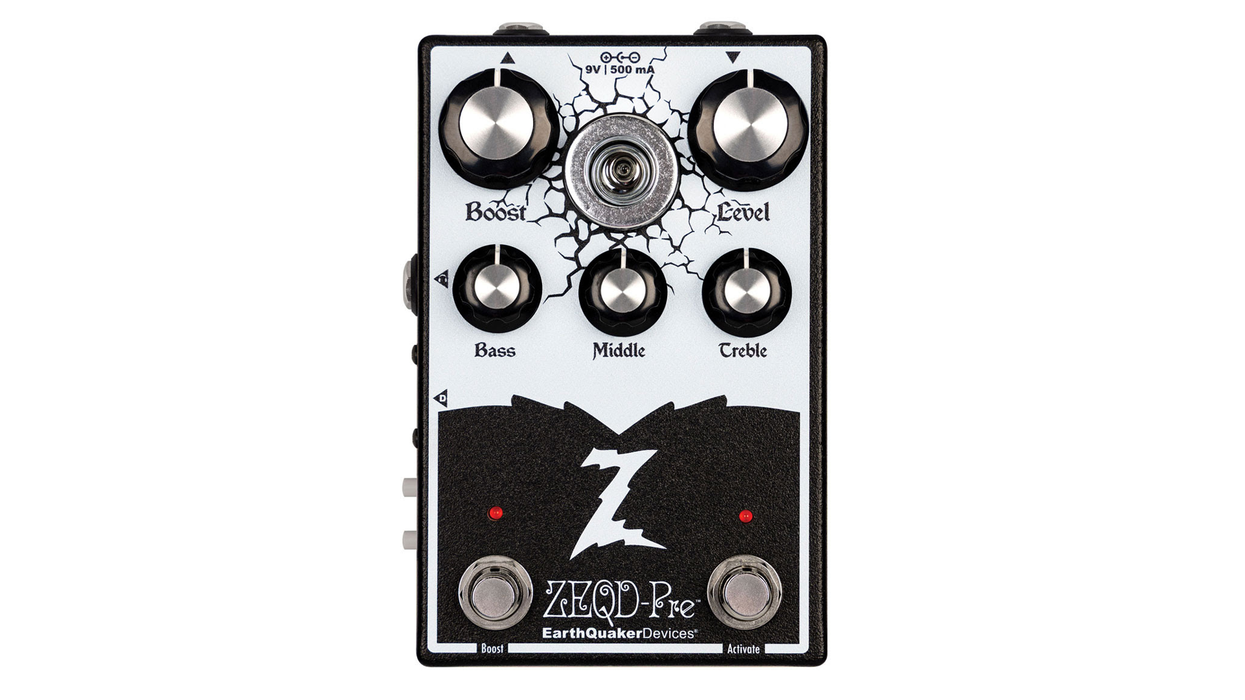| More Detailed Diminished Part I Part II Part III Part IV Part V Part VI |
The examples given in today’s lesson continue to resolve the diminished tension into the minor pentatonic scale (1 – b3 – 4 – 5 – b7). With the blue note (b5) added, (1 – b3 – 4 – b5 – 5 – b7) we create a blues scale and provide a platform for launching the diminished line. The blue note in the pentatonic scale is also the main tone in the diminished line and therefore opens a pathway for the inclusion of the diminished idea.
From another perspective, the diminished 7th can also function as a natural 6th when combined with the minor pentatonic scale. Adding this note to the minor pentatonic scale creates a more Dorian sound. The 6th note of the scale is the only thing that makes the Dorian mode (1 – 2 – b3 – 4 – 5 – 6 – b7) different from the Aeolian (1 – 2 – b3 – 4 – 5 – b6 – b7). As you can see, the notes from the minor pentatonic scale are included in both the Dorian and Aeolian modes.
You should be reasonably acclimated to the common fingerings of the diminished line from the previous installments in this series. This will be quite useful in creating logical fingering approaches for these examples. Assigning the four digits to adjacent frets is a great place to start if you have trouble with the melodic patterns in this lesson.
Ex.1 We begin this melody with a diminished arpeggio at the twelfth position and resolve into the pentatonic minor scale, ending on the root A. The first note should be played with finger 3 of the fretting hand. Download Example Audio...

Ex.2 Here we take the same arpeggio from example one and launch into the pentatonic from the b5 of the scale. This coincides nicely with the diminished arpeggio and resolves with a bit more mystery for the ear. Download Example Audio...

Ex.3 Now we begin with a descending diminished line resolving into the pentatonic scale and ending with an ascending octave displacement. Notice after the ascending displacement we immediately descend to the root adhering to the theory of contrary motion. Download Example Audio...

Ex.4 Making more use of the diminished tension, we utilize it throughout the line and add a tritone at the culmination for an ear-catching instability. Download Example Audio...

Ex.5 Using a bit of deception we begin the pentatonic line with an emphasis on the b5 and use the diminished idea as a spice at the end before finally resolving to stability. Download Example Audio...

That wraps up our series on the diminished mode. I hope you’ve gained a firm grasp of the diminished concept and its functions and are able to apply the diminished idea into your everyday guitar playing. You can also contact me with any questions. Thank you for logging on and tuning in. See you next month here in Lethal Guitar.

















